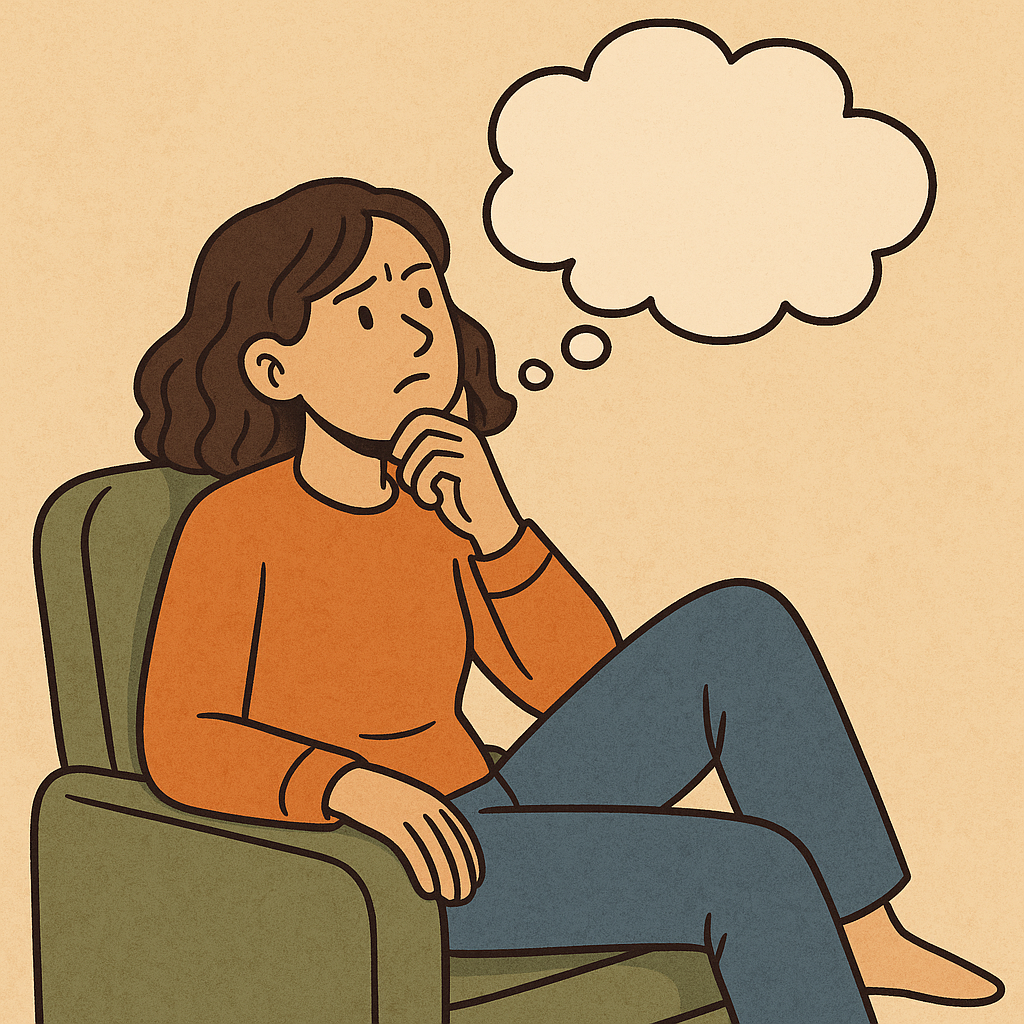The most radical act may be…doing less and thinking more. This emerging slow‑productivity trend isn’t about laziness—it’s fueled by intention and backed by science.

Why “Doing Less but Thinking More” is Taking Off
The slow‑living movement is booming as people reject busyness for quality of life. A 2025 FT article notes its rise in response to burnout and frantic work schedules. Similarly, Cal Newport’s “Slow Productivity”—advocating fewer tasks, natural pacing, and quality—resonates deeply in this era of pandemic‑inspired burnout.
The Thinking Gap: System 2 in the Spotlight
Daniel Kahneman’s dual‑system theory highlights that our brains default to fast, intuitive System 1 thinking. But quality decisions require slow, reflective System 2 effort. Emphasizing System 2 is key to “thinking more”. This shift combats analysis paralysis and cognitive shortcuts, supporting smarter, less reactive living.
5 Tactics to Do Less & Think More
1. Shrink Your Task List
Newport recommends cutting tasks by 25–50% to focus on what matters most. Try this: at the end of each day, mark the 1–2 tasks that truly matter—and ignore the rest.
2. Block Your Time for Depth
Schedule dedicated blocks (e.g., morning hours) for deep thought and meaningful work, free from email and interruptions.
3. Adopt “Slow Seasons”
Newport suggests intentionally slower periods—digesting, ideating, quieting the pace—for more strategic thinking.
4. Practice Mindfulness in Simple Tasks
Slow‑living practitioners value presence in everyday acts—like cooking from scratch or decluttering—which sharpen awareness and boost brain engagement.
5. Use Checklists to Trigger System 2
Create mental prompts (“Pause—does this align with my priorities?”) to counter autopilot decision‑making and overreliance on cognitive shortcuts .
Emerging Trends Fueling the “Less + More” Philosophy
🗓 Four‑Day Work Weeks & No‑Meeting Mondays
These workplace innovations echo slow‑productivity principles—giving space to prioritize deep thought and meaningful output.
Growing Slow‑Tech Movement
Designers are advocating tech that fosters reflection—not just speed—reinforcing the mindset of thoughtful interaction.
Educators Rewiring for Slow Thought
“Slow reading” and slow‑education initiatives encourage deeper engagement and learning—aligning with the article’s focus on thoughtful cognition.
Scientific Support: Why Doing Less Leads to Smarter Thinking
- Kahneman: Slower thinking yields more accurate, less biased choices.
- Cognitive miser theory: We often offload mental effort—doing less mentally—and pay the price in autopilot errors.
- Newport’s case studies: Knowledge professionals report better outcomes when shifting to fewer, deeper tasks.
Real‑World Guide: How to Think More by Doing Less
- Audit your weekly task list.
- Highlight the top 20% of tasks with outsized impact; eliminate or delegate the rest.
- Create “Deep Thought Blocks.”
- Designate uninterrupted time—without screens—for strategic thinking or creative work.
- Schedule slow seasons.
- Build in weeks or days with no new launches, giving room to reflect and recharge.
- Use presence triggers.
- During small tasks (like washing dishes), actively notice sensations and thoughts—this sharpens focus.
- Adopt reflection prompts.
- Before decisions: “Does this move me toward my core goal?”
- Limit digital distractions.
- Block social apps and mute notifications during deep-work periods. Shift from busy to deliberate.
Benefits You’ll Feel
- Sharper decisions with fewer impulsive errors.
- Greater creative insight, born from undisturbed thinking.
- Reduced burnout, as work aligns with purpose, not urgency.
- Deeper satisfaction in both work and life from mindful engagement.
Final Takeaway
Doing less but thinking more isn’t trendy fluff—it’s science-backed strategy. By reducing busyness, recentering thought, and valuing depth over speed, you gain focus, creativity, and calm. Start small—trim your task list, make space to think—and experience the quiet transformation of a life lived with purpose.
References
Newport, C. (2024). How to slow down but achieve more. Financial Times. Retrieved from https://www.ft.com/content/10d2c1b9-92ca-4545-ae19-ec89cb5e9cd8
Wiest, B. (2019). 3 productivity experts explain why doing less actually accomplishes more. Forbes. Retrieved from https://www.forbes.com/sites/briannawiest/2019/02/20/3-productivity-experts-explain-why-doing-less-actually-accomplishes-more/
Psychology Today. (2015). Why science benefits when we think more and do less. Retrieved from https://www.psychologytoday.com/us/blog/rest/201509/why-science-benefits-when-we-think-more-and-do-less






